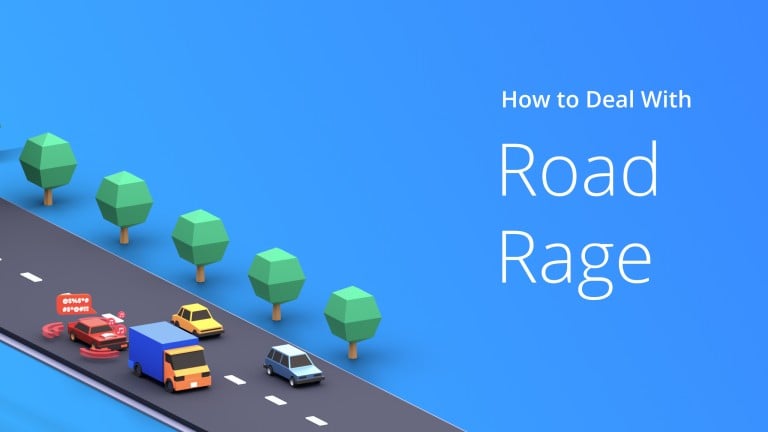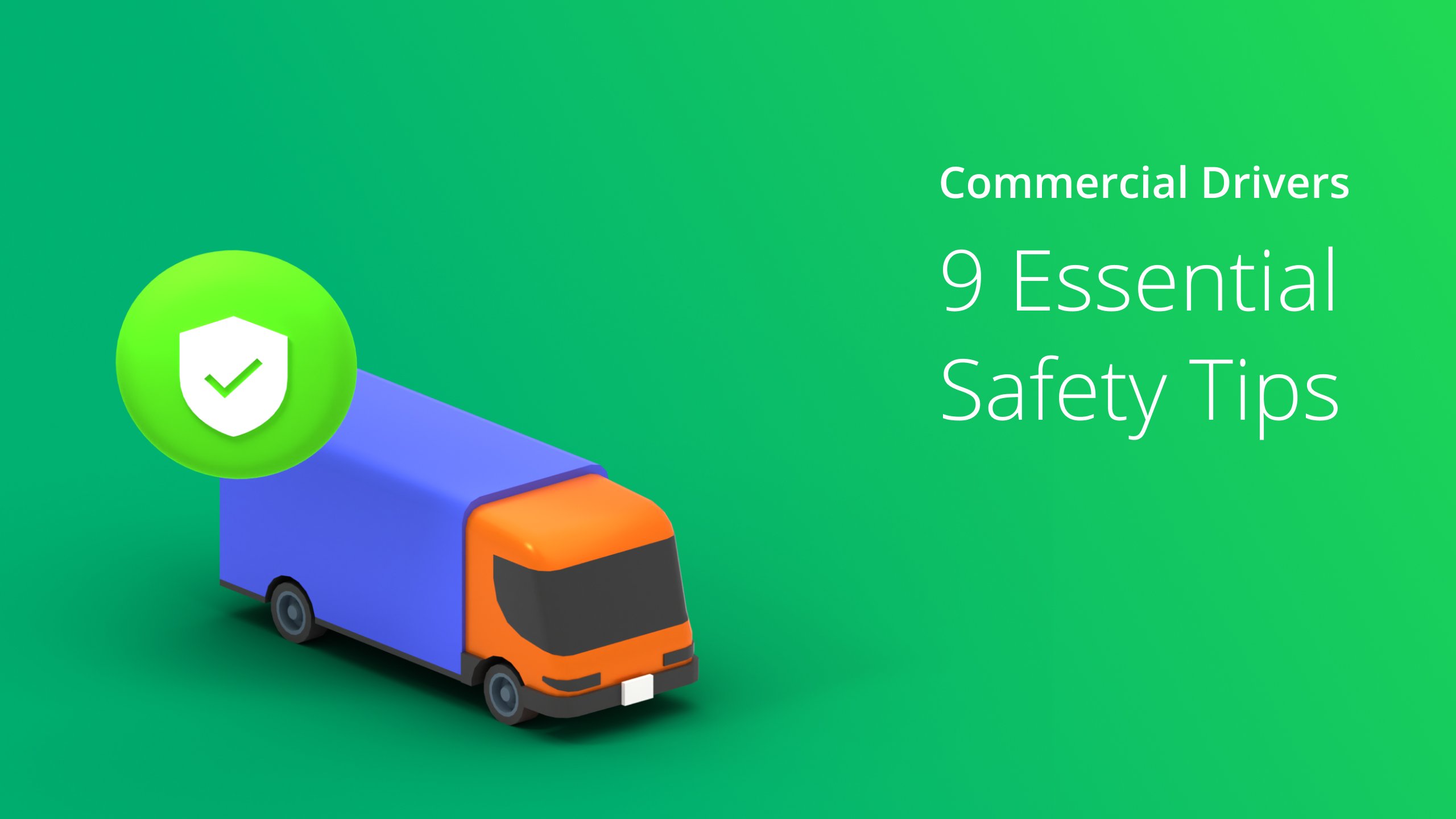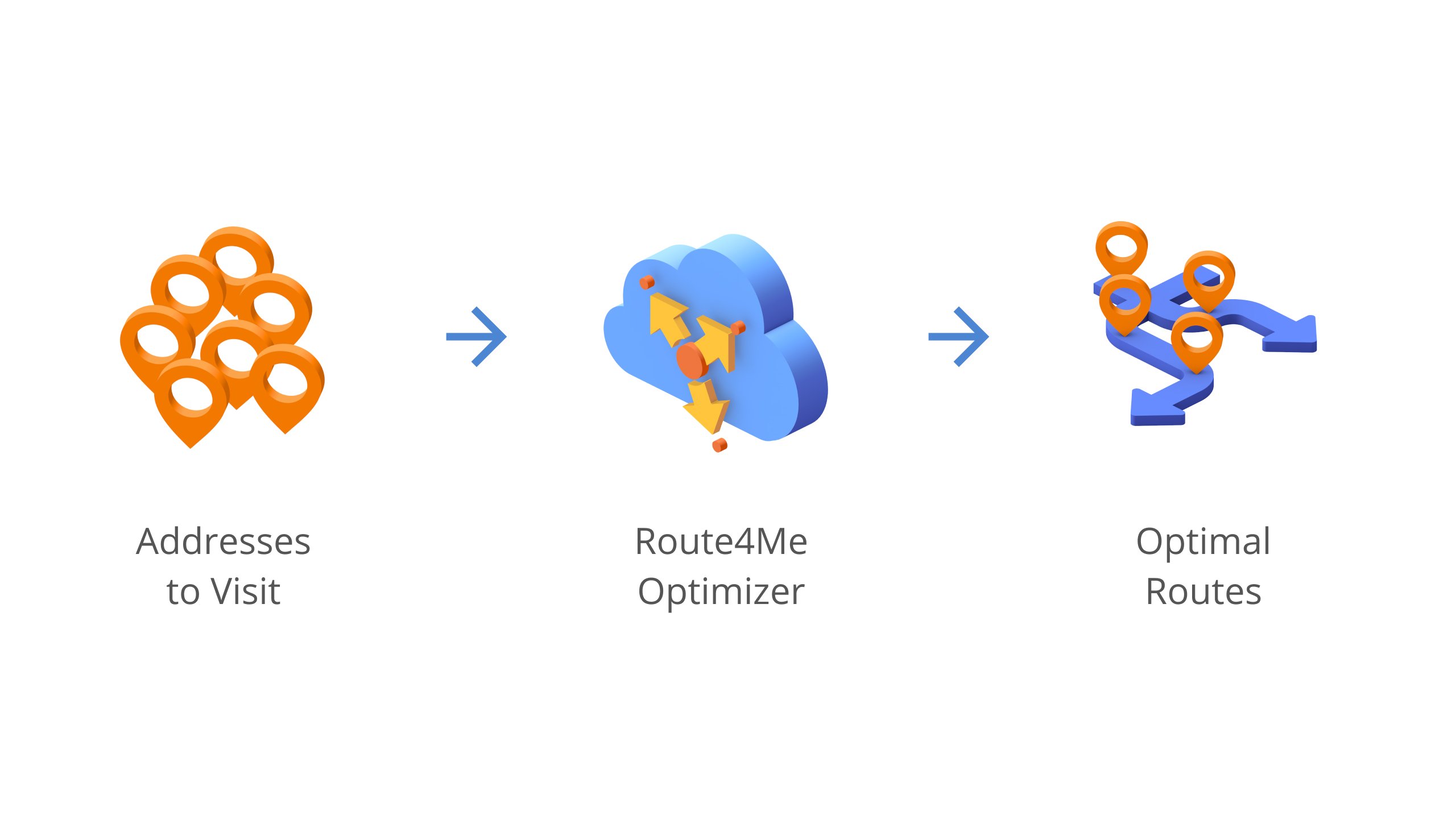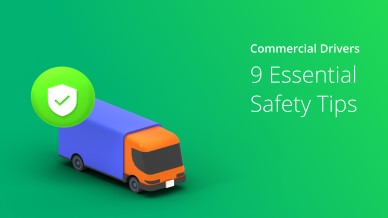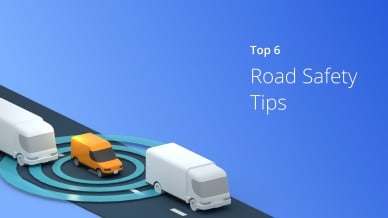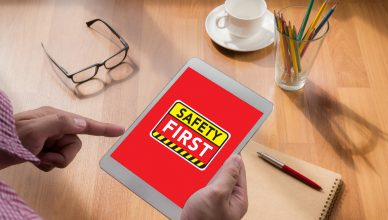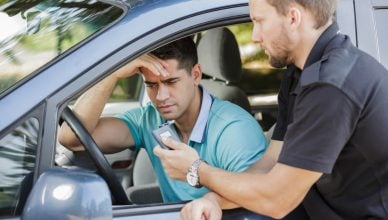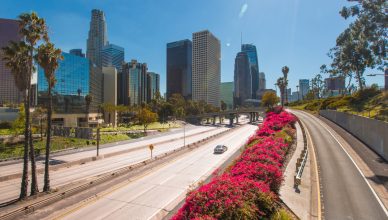Road rage is a severe problem in the United States, with nearly 82% of drivers admitting to having road rage incidents at least once in the past year. Also, fatal crashes linked to such incidents rose almost 500% in 10 years, according to the National Highway Traffic Safety Association.
Despite its prevalence, it is often seen as a minor issue or something that only affects a small minority of drivers. This is likely because such incidents are often not reported to the nearest police station, and many people are unwilling to admit that they have a problem with aggressive driving.
But what prompts this feeling of rage? Is it always someone else’s fault? And more importantly, how can you avoid it? Find answers to these and many more questions in this article.
Table of Contents
What Are the Signs of Road Rage?
What are the common forms of road rage? Here are a few key indicators:
- Honking excessively
- Suddenly braking for no reason
- Making rude gestures
- Tailgating other vehicles
- Weaving in and out of traffic
- Speeding or driving erratically
- Cutting off other cars
- Passing where prohibited
- Trying to block another vehicle from changing lanes
- Exiting the vehicle to confront another driver
If you see another driver exhibiting aggressive behaviors, giving them a wide berth to pass them is best.
What Are the Causes of Road Rage?
While road rage can have many causes, fourteen primary factors contribute to this dangerous driving behavior.
1. Reckless and Aggressive driving behaviors: Driving too fast, making sudden turns and unsafe lane changes, etc., can all irritate other drivers and lead to a road rage incident. Learn how to prevent reckless driving.
2. Traffic Jam: When stuck behind the wheel on a slow-moving or congested road or sitting at stoplights for an extended period, it can be easy to lose patience and lash out at other drivers.
3. Time pressures: If a driver feels like running late or under a time crunch, they may become an aggressive driver.
4. Inconsiderate driving: Blocking intersections, parking in handicapped spots, not clearing snow or ice off your car before driving, and other inconsiderate actions can lead to a road rage incident.
5. Lack of courteousness: Cutting someone off in traffic, not using turn signals, not yielding the right of way, etc., are all examples of discourteous driving.
6. Road hazards: Drivers who encounter road hazards such as potholes or construction may become frustrated and aggressive.
7. Poorly designed roads: Flaws in the design of roads, such as narrow lanes or blind turns, can also contribute to aggressive driving by causing driver frustration.
8. Weather conditions: Bad weather can make driving more difficult and stressful and make drivers aggressive.
9. Personal problems: Personal stressors such as financial troubles, personal relationships, or psychological issues such as short tempers or anger management can cause more aggressive behavior.
10. Slow driving: Driving slowly in the fast or left lane can frustrate and anger other drivers and cause road rage.
11. Angry Gestures: Using rude gestures or yelling profanities at another driver is rude and can make them upset and aggressive.
12. Distracted driving: Texting, talking on the cell phone, eating, drinking, fiddling with the radio, and other distractions can take a driver’s attention away from the road and increase the driver’s anger and chances of road rage. Learn how to avoid distracted driving.
13. Fatigueness: If drivers are tired, they’re more likely to be impatient and react angrily to things that happen on the road.
14. Alcohol consumption: Alcohol can impair judgment and make drivers angry. Even over-the-counter medications can affect their mood and lead to aggressive driving.
Want To See For Yourself How Route4Me Can Help Drivers Stay Safe on the Road and Save Money?

Road Rage vs. Aggressive Driving: What Is the Difference?
Road rage and aggressive driving are often used interchangeably, but there is actually a difference between the two.
A road rage incident is characterized by a person using an angry or violent response to a perceived slight or transgression. This can include anything from honking and gesturing to tailgating and purposely cutting off other drivers.
Aggressive driving, on the other hand, simply refers to any dangerous behavior or careless driving. This could be anything from speeding to weaving in and out of traffic.
Road rage is a criminal offense, while aggressive driving is simply a traffic violation. However, both can lead to severe car accidents, injuries, and even fatalities.
How to Avoid Road Rage
Here are a few ways you can avoid becoming a contributor to road rage:
- Don’t take it personally. Just because someone cuts you off in traffic doesn’t mean they’re doing it deliberately to spite you – so don’t take it personally!
- Be patient. Realize that traffic happens, and there’s nothing you can do about it except be patient and go with the flow. Getting angry isn’t going to make the traffic disappear.
- Take a deep breath. If you start to feel your temper rising, start deep breathing and count to 10. This will help you calm down and avoid losing your cool.
- Don’t tailgate. Keeping a safe distance between you and the car in front of you will help you avoid getting angry if they make a sudden stop.
- Don’t make sudden moves. If you need to change lanes, signal early and do so slowly and deliberately. Sudden movements can startle other drivers and make them angry. Moreover, if the driver in front of you has to brake suddenly, you could end up in a severe accident.
- Use your horn sparingly. If you honk your horn excessively, it will only irritate other drivers and make them more likely to lash out at you.
- Stay calm. If another driver cuts you off or does something that angers you, remember that it’s not worth getting worked up over. Just stay calm and focus on getting to your destination safely.
- Plan ahead. Leave yourself plenty of time to reach your destination so you won’t be tempted to speed or make risky maneuvers. An advanced technology solution like Route4Me route planner can help you here. It helps plan well-optimized routes in 30 seconds, saving you time in planning and driving.
- Allow for mistakes. Everyone makes mistakes on the road from time to time, so cut other drivers some slack and allow for their mistakes without getting angry about it yourself.
- Don’t block the box. When stopped at a red light, ensure you don’t block the box so other drivers can’t get around you. This just creates frustration and could lead to road rage incidents.
- Don’t play loud music in your car if it might bother other drivers nearby. This one goes both ways – if you don’t want people blaring their music near you, don’t do it yourself!
- Be extra cautious during peak hours. Aggressive driving is more common during times when traffic is heavy.
What to Do If You’re a Victim of Road Rage?
Here are a few tips for dealing with other road ragers constructively.
- Don’t engage. If someone is road raging at you, avoiding engaging is the best thing you can do. This means no honking, no gesturing, and no eye contact. Just let them go, and don’t rise to the bait.
- Ignore rude gestures. It can be tempting to respond in kind when another driver gives us the finger, but this will only make things worse.
- Call 911: If you feel in danger, don’t hesitate to call 911. They can help diffuse the situation and keep everyone safe.
- Keep your distance. If someone is road raging behind you, don’t make things worse by crowding them or cutting them off. Give them plenty of space by changing lanes or pulling over so they can cool down and calm down.
- Apologize if necessary. Let the driver know you’re sorry if you accidentally cut someone off. A simple wave can go a long way toward diffusing the situation.
- Keep your car doors locked. This will help to keep you safe in case the other driver tries anything dangerous.
- Note down the license plate number. If possible, get the license plate number of the other driver in case you need to file a police report later on.
- Document everything that happened. Once you’re safely away from the situation, write down everything that happened to have a record of it if needed.
How Route4Me Can Help You Deal with Road Rage
Road rage is a common phenomenon that can strike at anytime without warning. It can be triggered by several factors, from bad traffic to aggressive or angry drivers. And once it sets in, it can be difficult to shake.
Fortunately, Route4Me’s multi stop route planner can help you here. Here are several ways the dispatch routing software can help keep you calm and collected on the road:
- It helps find the fastest route to your destination, to help you avoid getting stuck in gridlock.
- It considers factors like road construction, weather, one-ways, and traffic congestion, so you can avoid detours and delays.
- The software can help you save on fuel costs by mapping out the most efficient route.
- Route4Me’s route optimizer software can help reduce stress by taking the guesswork out of road trips.
- You can plan and schedule routes in advance so you’ll not be in a hurry or have to make last-minute decisions while on the road. Learn how Route4Me can help with schedule optimization.
- Route4Me route planner has a re-optimization feature that helps you adjust your route to avoid road rage-inducing delays.
- The software offers a Driver Breaks feature that helps reduce driver fatigue by allowing you to insert adjustable break stops into the already planned routes.
- Route4Me offers a commercial GPS tracker to let dispatchers track vehicles in real-time. So, if a driver engages in aggressive driving, they would know immediately and take corrective actions before it becomes too late.
But that’s not all. Here are many other benefits of Route4Me’s delivery scheduling software.
So if you’re looking for a way to keep your cool on the road, consider giving Route4Me a try.
Final Thoughts about Dealing with Road Rage
Although road rage is a prominent issue, we can still take steps to prevent it. Begin by being aware of the causes of traffic safety and doing your best to avoid them.
It’s essential not to take things too personally and remember that everyone messes up sometimes. If you encounter someone driving angrily, don’t add gasoline to the fire; simply ignore them or defuse any attempts at angering you further. And don’t forget to use Route4Me to avoid getting into road rage in the first place.
Remember, road rage is a choice. You can choose to let an angry driver bother you, or you can choose to ignore it. The choice is yours.
Want To See For Yourself How Route4Me Can Help Drivers Stay Safe on the Road and Save Money?

